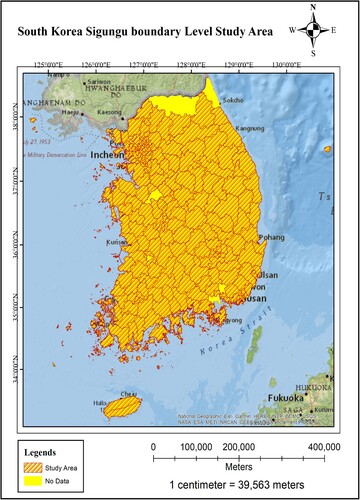Figures & data
Table 1. Survey population characteristics for all municipal districts in South Korea for the 2017–2022 period (unit: case (%)).
Table 2. Study variables and their descriptions.
Table 3. Comparison of performances of Random Forest using the hyper-parameter tuning.
Figure 2. Perceived stress levels in the municipal districts for the period before (2018–2019) and during (2020–2021) the COVID-19 pandemic.
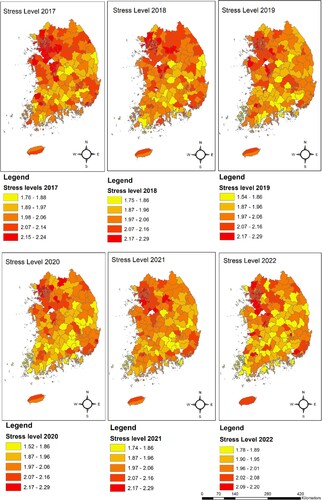
Table 4. Descriptive statistics for the municipal districts in South Korea.
Figure 3. Stress boxplots for the periods before (2017–2019) and during (2020–2022) the COVID-19 pandemic.
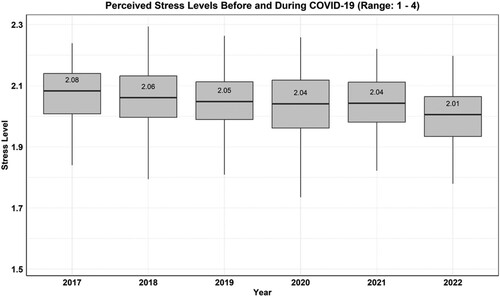
Figure 4. PM10 boxplots for the periods before (2017–2019) and during (2020–2022) the COVID-19 pandemic.
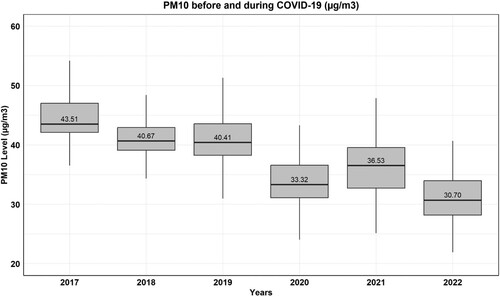
Figure 5. Variables influencing stress levels in South Korea in the pre-COVID-19 pandemic period (2017–2019).
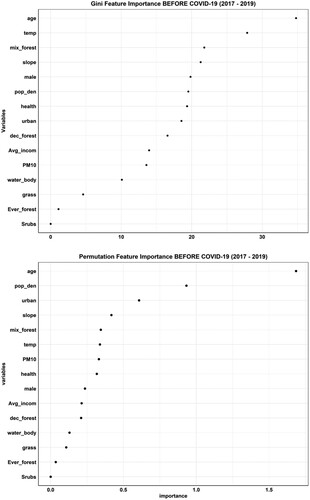
Figure 6. Variables influencing stress levels in South Korea during the COVID-19 pandemic period (2020–2022).
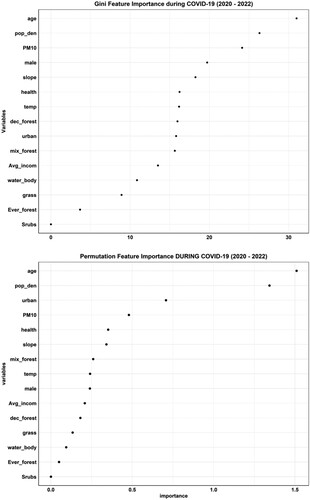
Figure 7. Nonlinear effects of PM10 and forest type on stress for the periods before (2017–2019) and during (2020–2022) the COVID-19 pandemic.
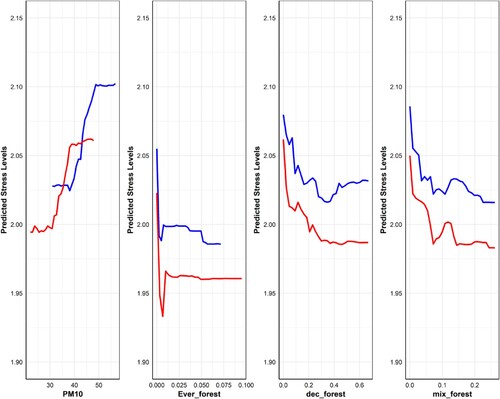
Data availability statement
The data that support the findings of this study are available from the corresponding author upon reasonable request.

